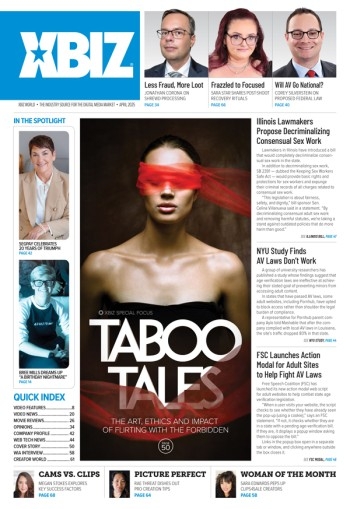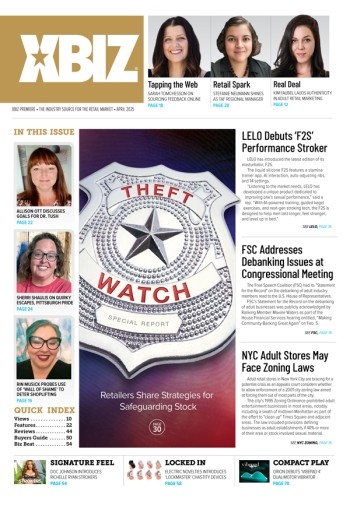From the camera to the consumer’s viewport, which today is typically a web browser, modern technology is making high quality adult content production easier, faster and less expensive than ever before. This evolution has opened up a wide world of possibilities for creative content connoisseurs; but it has also raised a range of questions and choices that must be made. Let’s take a closer look at several of these basic considerations:
First, whether you are shooting still photo or video content, the issues of compression and format come into play. For example, acquiring computer hardware and software able to work with uncompressed HD video streams can be a very costly investment, which for a fledgling adult studio focused exclusively on web-based distribution, may be overkill.
Cost, is not always about money and quality, does not always have to cost extra — balancing the two, however, is key to making the most of your photographic workflow.
On the still photography front, similar factors come in to play. For example, there are three main acquisition format choices: JPEG, TIFF and RAW. While the first may be the most commonly used for capture and distribution, it is a format which is compressed (and re-compressed) each time it is saved, losing quality during editing, etc. TIFF and RAW images, on the other hand, are not “lossy,” so their quality is better preserved during editing — a process that may include color correction, resizing, watermarking and more.
Think of it this way: all digital cameras capture RAW images, but most do not make this raw data available to users — instead, the camera’s onboard hardware and software convert the data into the widely useable JPEG format. Each manufacturer approaches this conversion process in a different way, with variances among camera lines and models.
Photographers seeking greater consistency and control can use their computers, rather than their cameras, however, to perform RAW to JPEG (or other format) conversions.
This requires software able to work with RAW images, such as Adobe Photoshop, as well as the usually more expensive cameras that shoot in this camera format; along with the more expensive memory cards that offer the speed necessary to write the much larger RAW files fast enough to keep the shoot’s energy and movement flowing — because no one wants to tell their model to “wait a moment,” while a little “saving” light is blinking.
The control and flexibility offered by camera RAW shooting justifies the added cost, however, with some cameras providing simultaneous JPEG and RAW recording.
Image sizing for online delivery is another consideration. One factor is the screen size of your target audience. For example, if your typical customer is a website visitor with a 1920x1200 display, then offering huge images well beyond this range can be a bandwidth wasting exercise in user frustration, as horizontal scrolling is required to view the images.
With this in mind, original image sizes can be limited, with the added benefit of faster writing times to the storage media — a vital factor with small-buffer size cameras.
If you have the choice, shoot and edit your photos in RAW mode. You may wish to also use TIFF “masters” for your archive, with JPEG images for actual distribution. Other archiving considerations include preserving copies of original RAW images as well as the PSD files, not just JPEG copies of finished images that may contain watermarks, etc.
When dealing with output formats, the traditional choices of GIF, JPEG or PNG are the same today as they have been for years. Here, JPEG enjoys a quality edge over GIF when dealing with photographs; and a distinct file size advantage over non-”lossy” PNG.
Uncompressed PNG files, however, exude a certain visual richness on high-resolution displays that can be markedly superior to artifact-laden JPEG images (a result of the high compression often used to increase download speeds) — at perhaps 10 times the file size!
Finally, while 72dpi has been long considered optimal, working at 96dpi is perhaps a better bet in today’s era of mobile devices and crisper desktop displays. Anything more is unnecessary for digital display, while anything less is costing you quality.
“Cost” is not always about money and “quality” does not always have to cost extra — balancing the two, however, is key to making the most of your photographic workflow.






